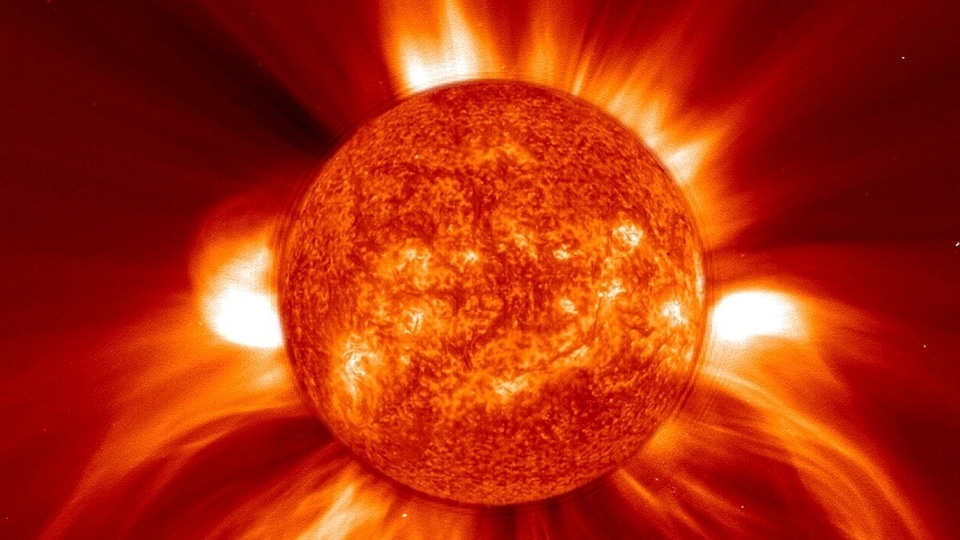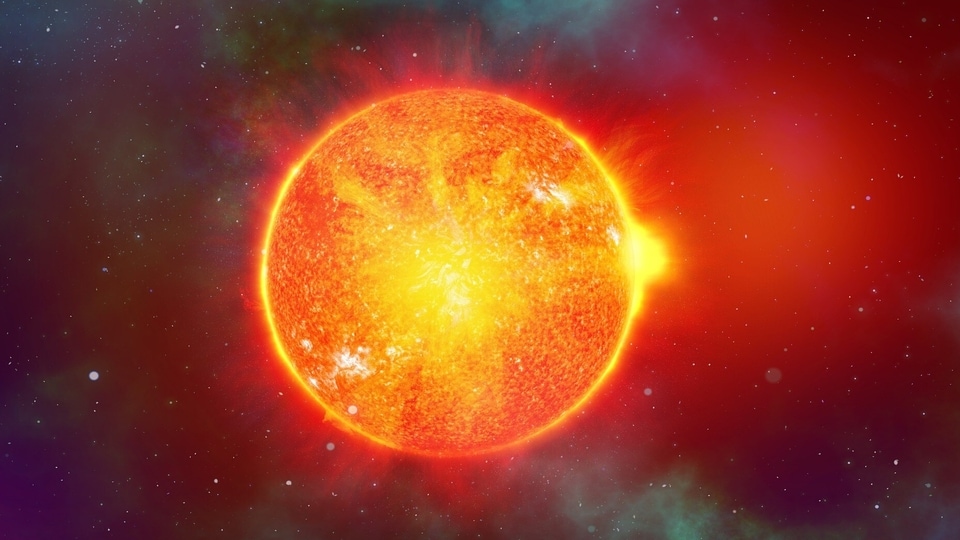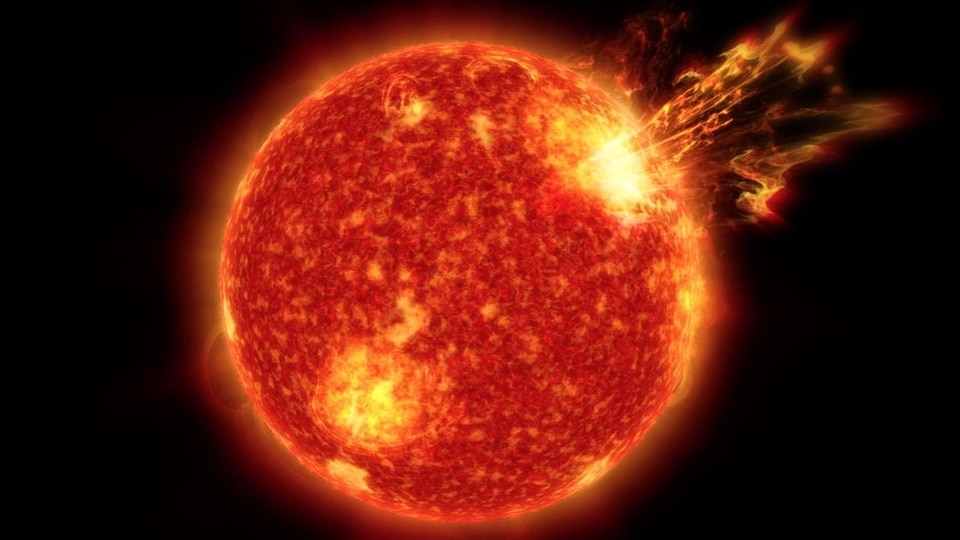Sunspots threaten to release a solar storm today directed at Earth
According to a report, a huge bunch of sunspots has been spotted consisting of about 12 sunspots which are approximately 125,000 miles wide.






 View all Images
View all ImagesA huge spike in the cases of solar activity has raised concerns among researchers. Sunspots have always been a central point of research for space scientists as they can have a significant effect on our planet. That is why space agencies like ESA and NASA keep an eye on the Sun and solar activity with the help of their advanced instruments.
Recently, NASA has observed a huge cluster of sunspots facing towards Earth. As per the reports, this sunspot region has started releasing a stream of solar storms, which can enter Earth's atmosphere anytime soon. Check here to know what reports have beenrevealed.
Dense sunspots region causing solar storms
According to a report by spaceweather.com, the bunch of sunspots spotted consists of about 12 sunspots which are approximately 125,000 miles wide, 15 times bigger than our planet! These sunspots might send a solar storm on Earth today. As mentioned in the report, this cluster of sunspots is quite active these days. It has already released three M-class and several C-class solar flares.
We are now on WhatsApp. Click to join.
According to a report by Business Insider, Space-weather experts will be observing this group of sunspots as it is currently facing our planet. During an interview with Business Insider, Daniel Verscharen, an associate professor of space and climate physics at University College London, said,
"Groups of sunspots are regions that we pay close attention to. They are areas in the sun's photosphere where the magnetic field is particularly strong and often complex. These complex magnetic fields are more likely to become sources of flares and mass ejections.”
How can these sunspots affect Earth?
Since this cluster of sunspots is facing Earth, it can have direct implications on Earth. As per the reports, it can send a solar storm directly to Earth. If it will be huge solar storm it can affect astronauts and spacecraft that are currently orbiting the Earth. According to ESA, M-class flares are medium-sized; they generally cause brief radio blackouts that can affect Earth's polar regions. Sometimes minor radiation can also occur after an M-class solar flare.
To understand the impact of the sun on Earth and near-Earth space, NASA has designed the Solar Dynamics Observatory. The advancements in technology have helped us develop a better understanding of the universe and its effects on our planet.
One more thing! HT Tech is now on WhatsApp Channels! Follow us by clicking the link so you never miss any updates from the world of technology. Click here to join now!
Catch all the Latest Tech News, Mobile News, Laptop News, Gaming news, Wearables News , How To News, also keep up with us on Whatsapp channel,Twitter, Facebook, Google News, and Instagram. For our latest videos, subscribe to our YouTube channel.






































